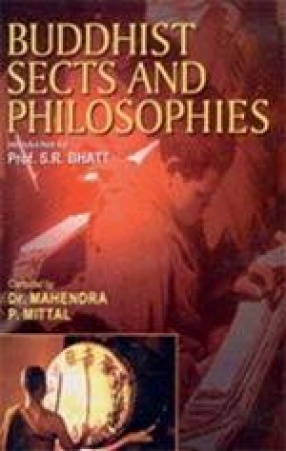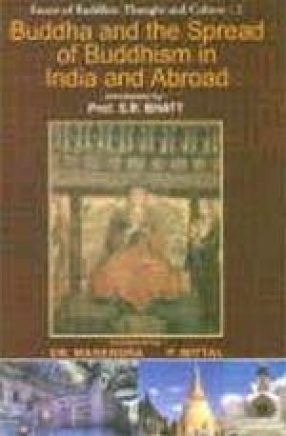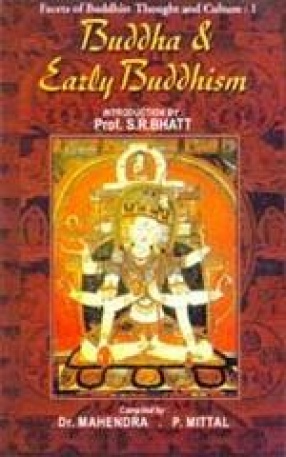Early Buddhism though propagated in different provincial dialects could not be appreciated by the common-folk in general. The insistence on retirement from worldly life was a great handicap in the way of its popularity; so during the first century of its existence, it remained confined to the recluses and monasteries, and hardly reached the home and the hearth. It was perhaps about a century after Buddha’s death that the religion became dynamic, assimilating some of the ideas and thoughts current around and stepped down from its high pedestal of exclusiveness and abstruse ideals to appeal to the more intellectual and faithful among the common-folk. This move towards popularity too did not proceed far as we find that it just allowed a little scope for rituals of a sober character, a little of faith and worship, and a slight relaxation from the stringency of disciplinary rules. Asoka as a ruler gave preference to the popular ideals, producing good citizens, and not to the spiritual, making the people unsocial. It cannot be ascertained how far Asoka had a hand in the matter of making the religion popular but the history of the religion shows that after the days of Asoka, it developed new aspects which became so very popular that the reoriented religion spread all over India, marking every notable spot with magnificent structures of rare artistic value, and ultimately reaching countries beyond the borders of India. There are, in fact, two stages in the course of its attainment of popularity, one of the pre-Asokan days and other of the post-Asokan.
Buddha and the Spread of Buddhism in India and Abroad : Collection of Articles from the Indian Historical Quarterly (Volume 2)
The origin and spread of ...
$21.60
$24.00






There are no reviews yet.